
Sustainability Efforts
Country: Yemen
Explore sustainability efforts in Yemen. The United States Environmental Protection Agency (“EPA”) said it well when they state:
“Sustainability is based on a simple principle: Everything that we need for our survival and well-being depends, either directly or indirectly, on our natural environment. To pursue sustainability is to create and maintain the conditions under which humans and nature can exist in productive harmony to support present and future generations.”
About Yemen
Yemen, situated in the Arabian Peninsula, is a country with a rich historical and cultural heritage. It faces numerous challenges, including political instability and armed conflict. Yemen’s stunning landscapes range from desert dunes to coastal areas along the Red Sea and the Arabian Sea. The country has faced humanitarian crises, including food insecurity and displacement. Efforts have been made to address these challenges and promote peace and stability while preserving Yemen’s cultural heritage and natural beauty. Sustainability efforts in Yemen will enhance the country’s future.

1. Poverty: Yemen has been severely affected by the ongoing conflict, leading to a worsening poverty situation. Efforts to combat poverty have been challenging due to the conflict's impact on the economy and infrastructure. Humanitarian organizations and international partners have provided assistance to alleviate poverty, including cash transfers, food aid, and livelihood support.

2. Hunger: The conflict in Yemen has resulted in a dire food security situation, with millions of people facing acute hunger. Humanitarian organizations have been working to provide emergency food assistance, nutrition support, and agricultural assistance to vulnerable populations. However, the conflict and access limitations have made it difficult to address the root causes of hunger sustainably.

3. Healthcare: Healthcare services in Yemen have been severely affected by the conflict, with many facilities damaged or unable to function adequately. Humanitarian organizations and the Yemeni government, with support from international partners, have been working to provide healthcare services and essential medicines to the population, particularly in areas with limited access to healthcare.
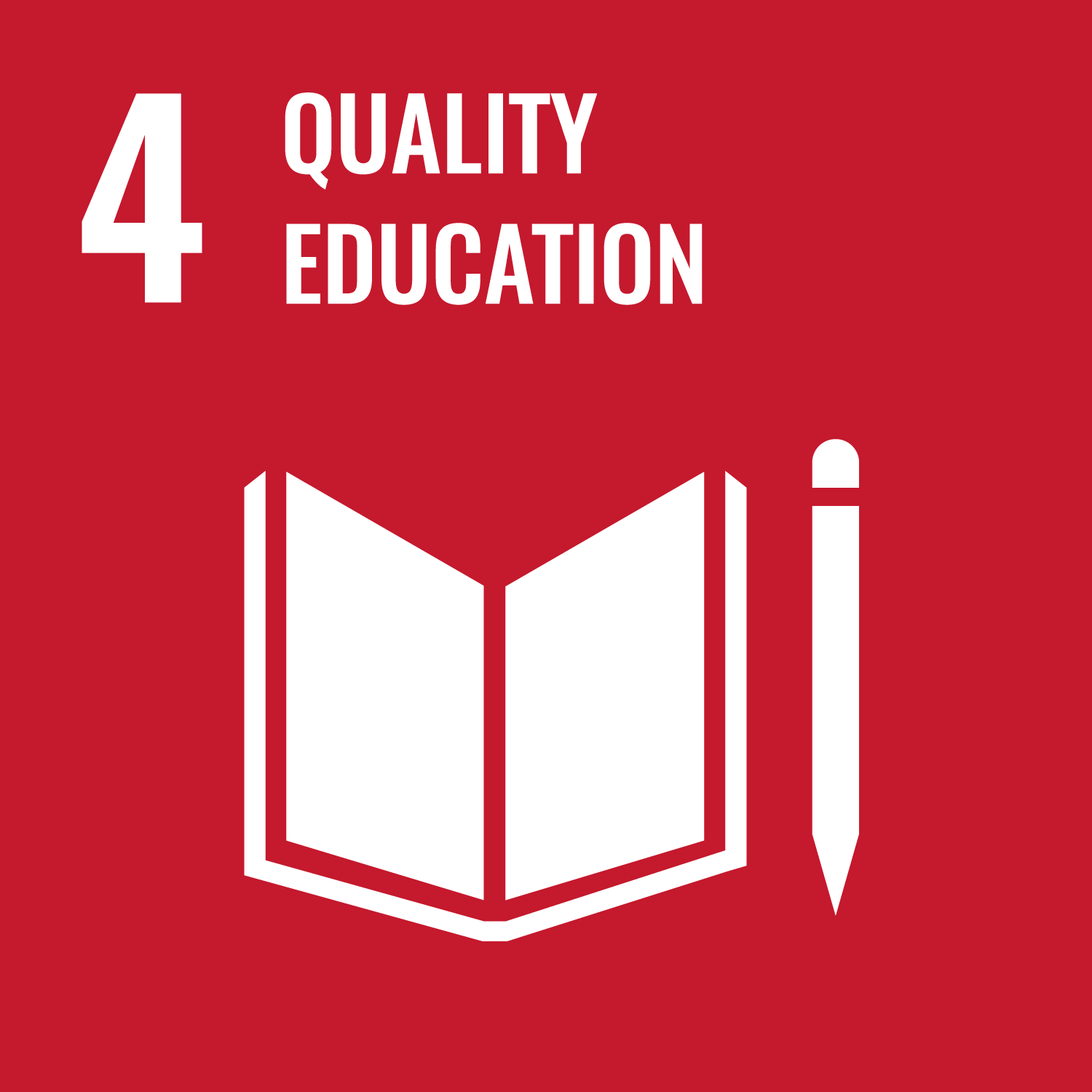
4. Education: The conflict has had a significant impact on the education sector in Yemen. Schools have been damaged, and many children have been displaced or unable to attend school due to safety concerns. Efforts are being made to provide temporary learning spaces, educational materials, and teacher training to ensure access to education for children affected by the conflict.

5. Gender Equality: Gender equality remains a significant challenge in Yemen, exacerbated by the ongoing conflict. Efforts to promote gender equality and women's empowerment have been hampered by the security situation. However, organizations are working to provide support and resources for women's rights, access to education, and economic opportunities in the face of these challenges.

6. Clean Water Sanitation: Access to clean water and sanitation services is a critical issue in Yemen. The conflict has damaged water infrastructure and disrupted water supply systems, leading to a high risk of waterborne diseases. Humanitarian organizations are working to rehabilitate water sources, improve sanitation facilities, and provide safe drinking water to affected communities.
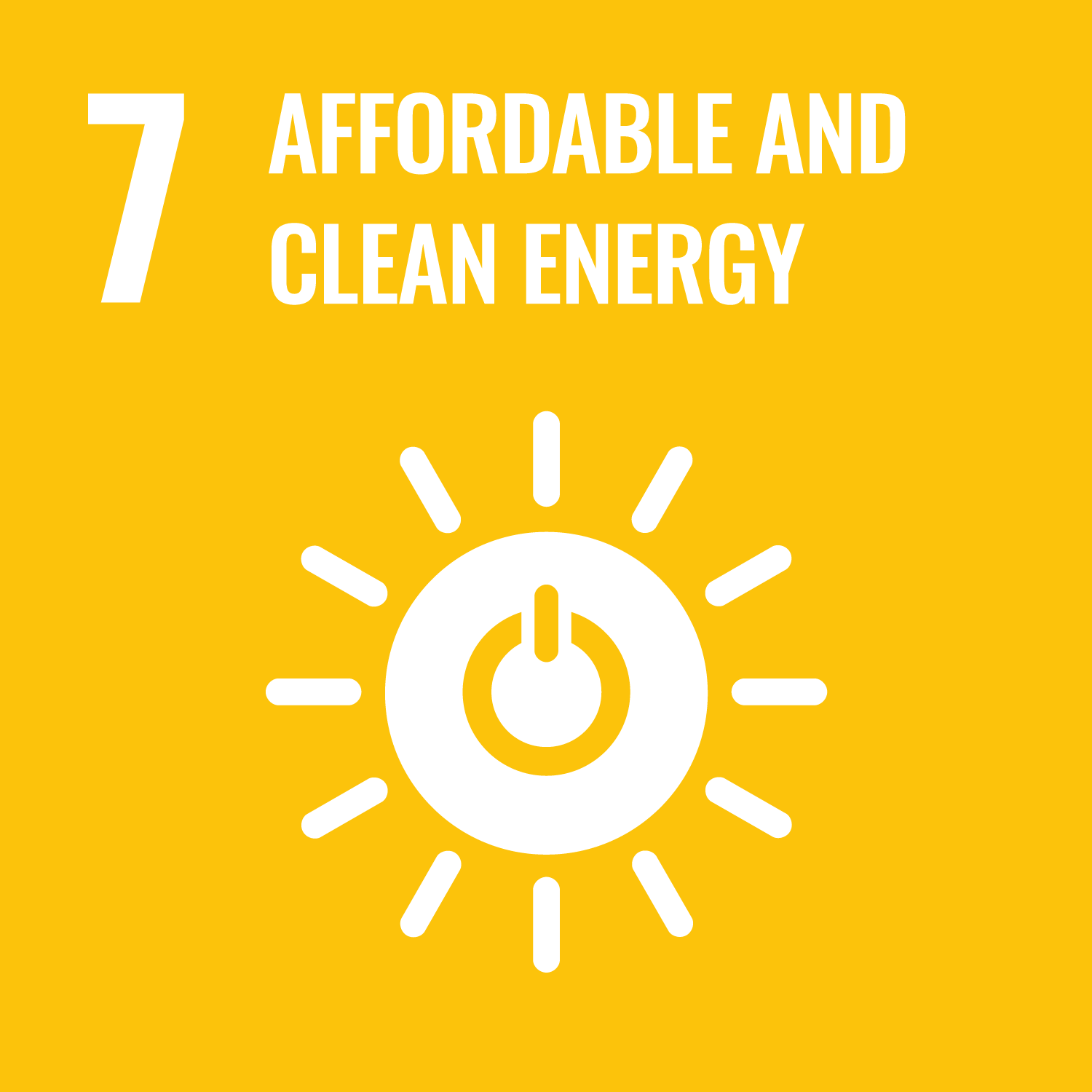
7. Affordable Clean Energy: Yemen faces challenges in providing affordable clean energy, mainly due to the conflict's impact on infrastructure and limited resources. However, efforts are being made to explore renewable energy options, such as solar power, in areas where feasible. These initiatives aim to increase access to electricity and reduce dependence on traditional fuels.
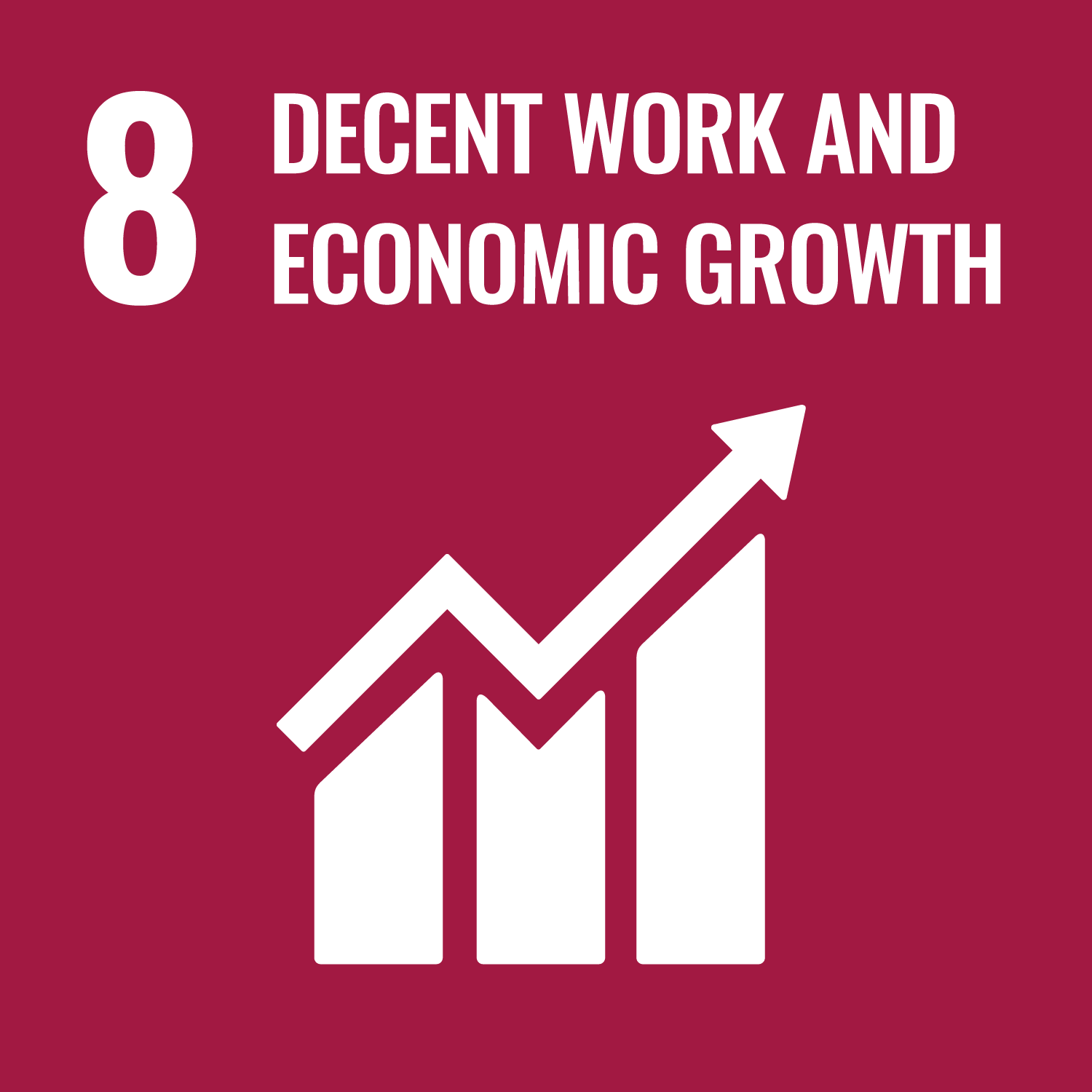
8. Economic Growth: The conflict has had a devastating impact on Yemen's economy, leading to a decline in economic growth. Rebuilding the economy requires political stability and the restoration of critical infrastructure. International organizations and partners are working to support economic recovery and livelihood opportunities, particularly through initiatives focusing on agriculture, small businesses, and job creation.
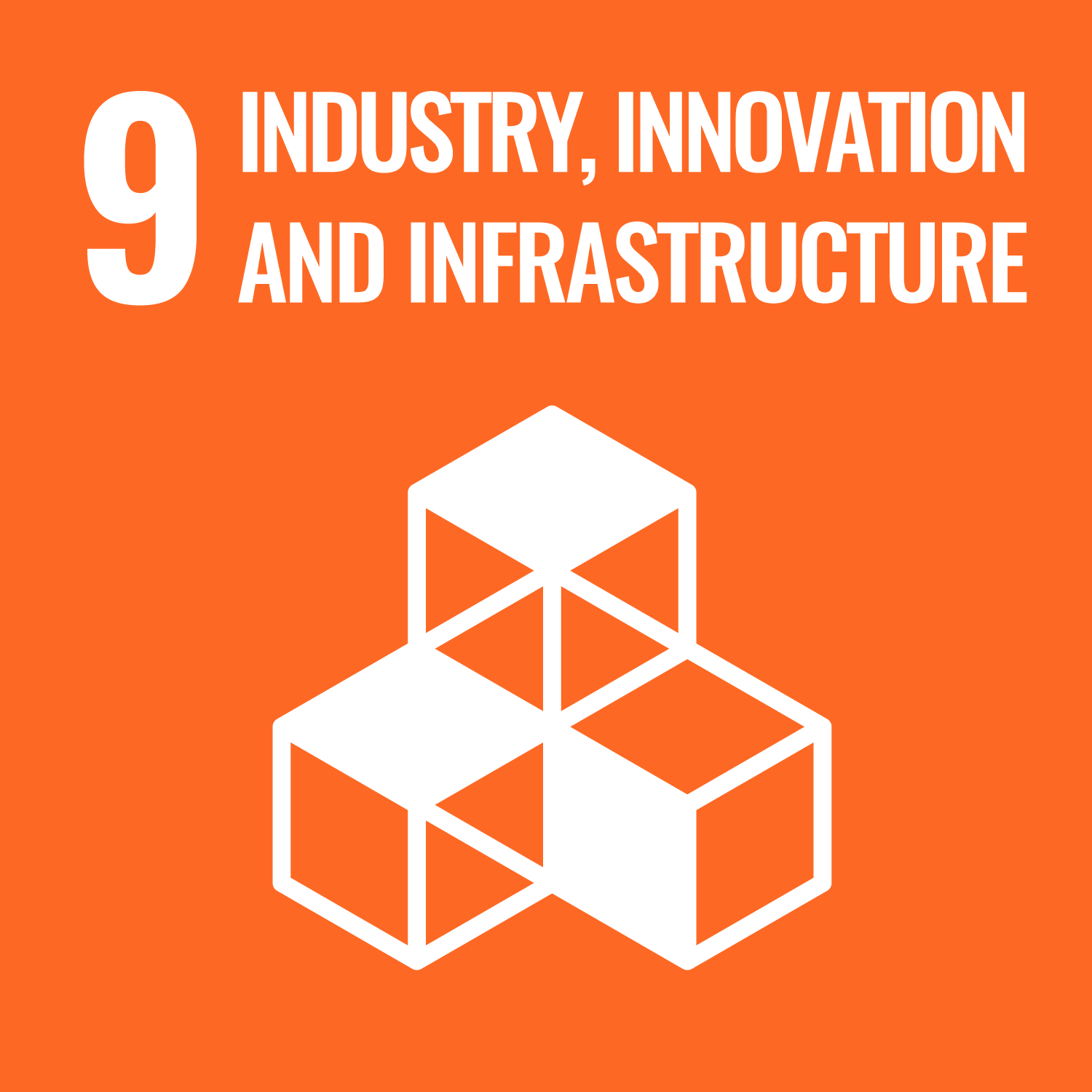
9. Industry Innovation: The ongoing conflict has hindered industry innovation and investment in Yemen. Rebuilding and fostering industry innovation will require stability, security, and an enabling environment for businesses to thrive. However, efforts are being made to promote entrepreneurship and support small and medium-sized enterprises to contribute to economic growth and job creation.

10. Reduced Inequalities: Reducing inequalities in Yemen remains a significant challenge due to the conflict's impact on access to basic services and opportunities. Humanitarian organizations and development partners are working to address inequalities by providing targeted assistance to vulnerable groups, supporting social protection programs, and promoting inclusive development initiatives.

11. Sustainable Cities: The conflict in Yemen has limited progress in building sustainable cities. However, efforts are being made to integrate sustainable practices into urban planning and development. These initiatives focus on improving infrastructure, waste management, and promoting environmentally friendly urban practices where feasible.

12. Responsible Consumption and Production:The conflict has hindered progress in promoting responsible consumption and production practices in Yemen. However, efforts are being made to raise awareness about sustainable practices and environmental stewardship, particularly through community-based initiatives and education programs.

13. Climate Action: Yemen faces numerous challenges in implementing comprehensive climate action due to the ongoing conflict and limited resources. However, efforts are being made to address climate-related issues, such as promoting renewable energy solutions, conserving natural resources, and building resilience to climate change impacts.

14. Aquatic Environment: The conflict has negatively affected the aquatic environment in Yemen, including marine ecosystems and fisheries. Rehabilitation and conservation efforts are underway to protect marine biodiversity, regulate fishing practices, and combat pollution. International partners and organizations are working to support these initiatives.
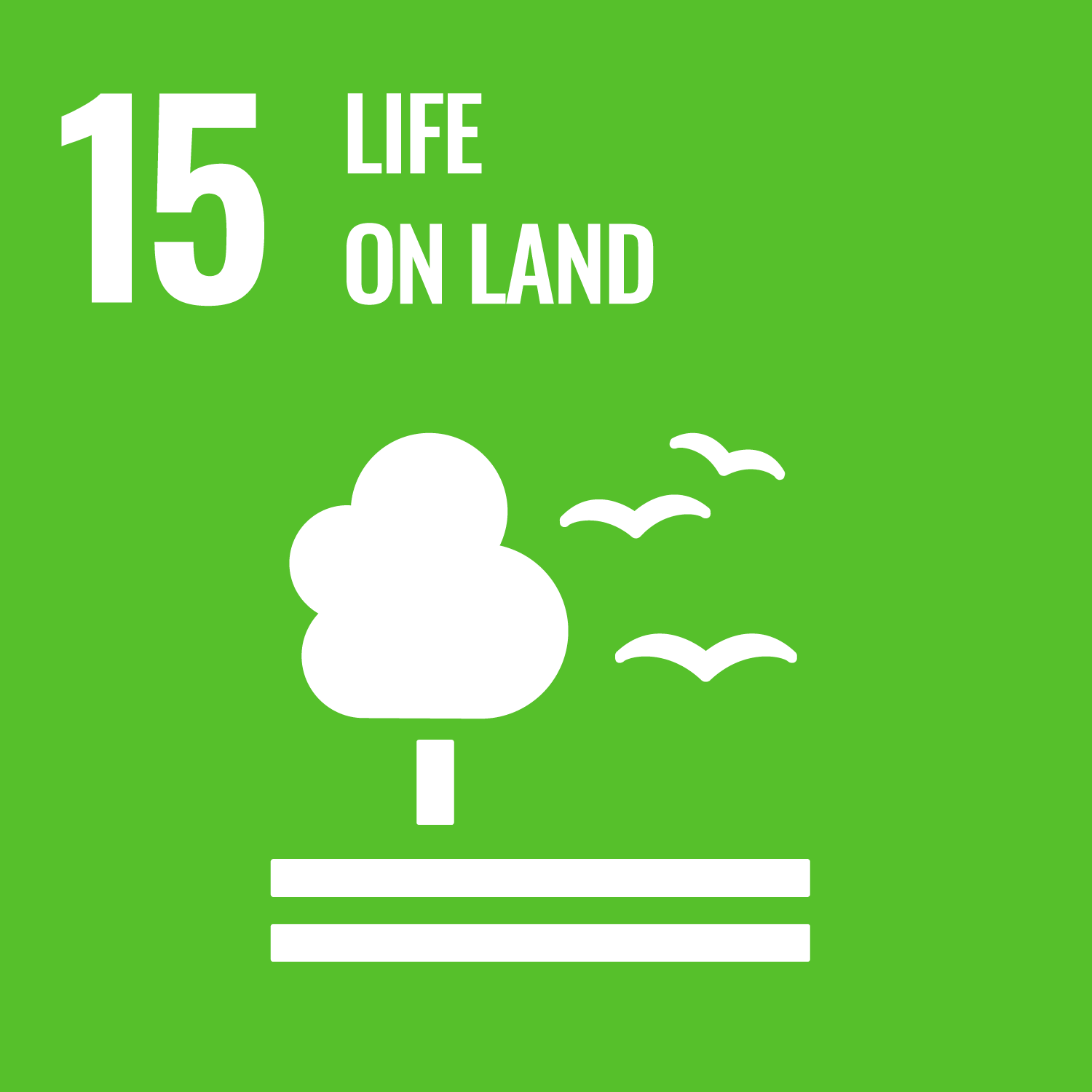
15. Natural Environment: Conserving the natural environment in Yemen remains a challenge due to the conflict. However, efforts are being made to protect and restore critical ecosystems, combat deforestation, and promote sustainable land management practices. These initiatives aim to preserve biodiversity and mitigate environmental degradation.

16. Peace and Justice Institutions: Yemen continues to face significant challenges in establishing peace and justice institutions due to the ongoing conflict. International organizations and partners are supporting initiatives aimed at promoting peace, reconciliation, and justice, including capacity building and legal support programs.

17. Partnerships for the Goals: Despite the challenges, international partnerships and collaborations play a crucial role in supporting Yemen's development goals. Humanitarian organizations, donor countries, and non-governmental organizations continue to provide vital assistance, funding, and technical support to address the various challenges faced by Yemen. These partnerships are essential for achieving sustainable development goals and facilitating long-term recovery and resilience.



